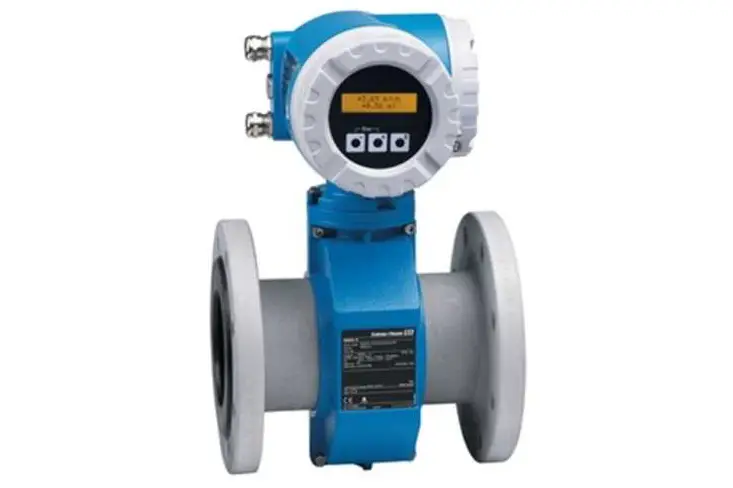
16 Jun flowmeter
A flow meter is a device used to measure the flow rate or quantity of a fluid (liquid or gas) passing through a specific point in a system. Flow meters are essential for monitoring and controlling the flow of fluids in various industries, including process control, manufacturing, energy, and environmental applications.
Flow meters operate on different principles and utilize various technologies to measure flow rates accurately. Some common types of flow meters include:
Differential Pressure Flow Meters: These flow meters measure flow rates based on the pressure difference across a constriction in the flow path, such as an orifice plate, venturi tube, or flow nozzle.
Positive Displacement Flow Meters: These meters measure flow rates by continuously or intermittently filling and emptying a chamber of known volume and counting the number of times the chamber is filled.
Turbine Flow Meters: Turbine flow meters use a rotor with blades or vanes placed in the fluid flow path. The flow causes the rotor to spin, and the rotational speed is proportional to the flow rate.
Electromagnetic Flow Meters: Also known as magnetic flow meters, these devices measure flow rates by applying a magnetic field across a conductive fluid and measuring the induced voltage caused by the fluid’s motion.
Ultrasonic Flow Meters: Ultrasonic flow meters utilize sound waves to measure flow rates. They transmit ultrasonic signals through the fluid and measure the time it takes for the signals to travel between transducers.
Coriolis Flow Meters: Coriolis flow meters measure flow rates based on the Coriolis effect, which causes a vibrating tube to twist in proportion to the mass flow rate of the fluid passing through it.
Vortex Flow Meters: Vortex flow meters generate vortices when fluid flows past a bluff body. The frequency of the vortices is proportional to the flow rate and can be measured to determine the flow rate.
Flow meters provide essential information for process control, billing purposes, resource management, and performance optimization. The selection of a flow meter depends on factors such as the type of fluid, flow range, accuracy requirements, operating conditions, and budget.

